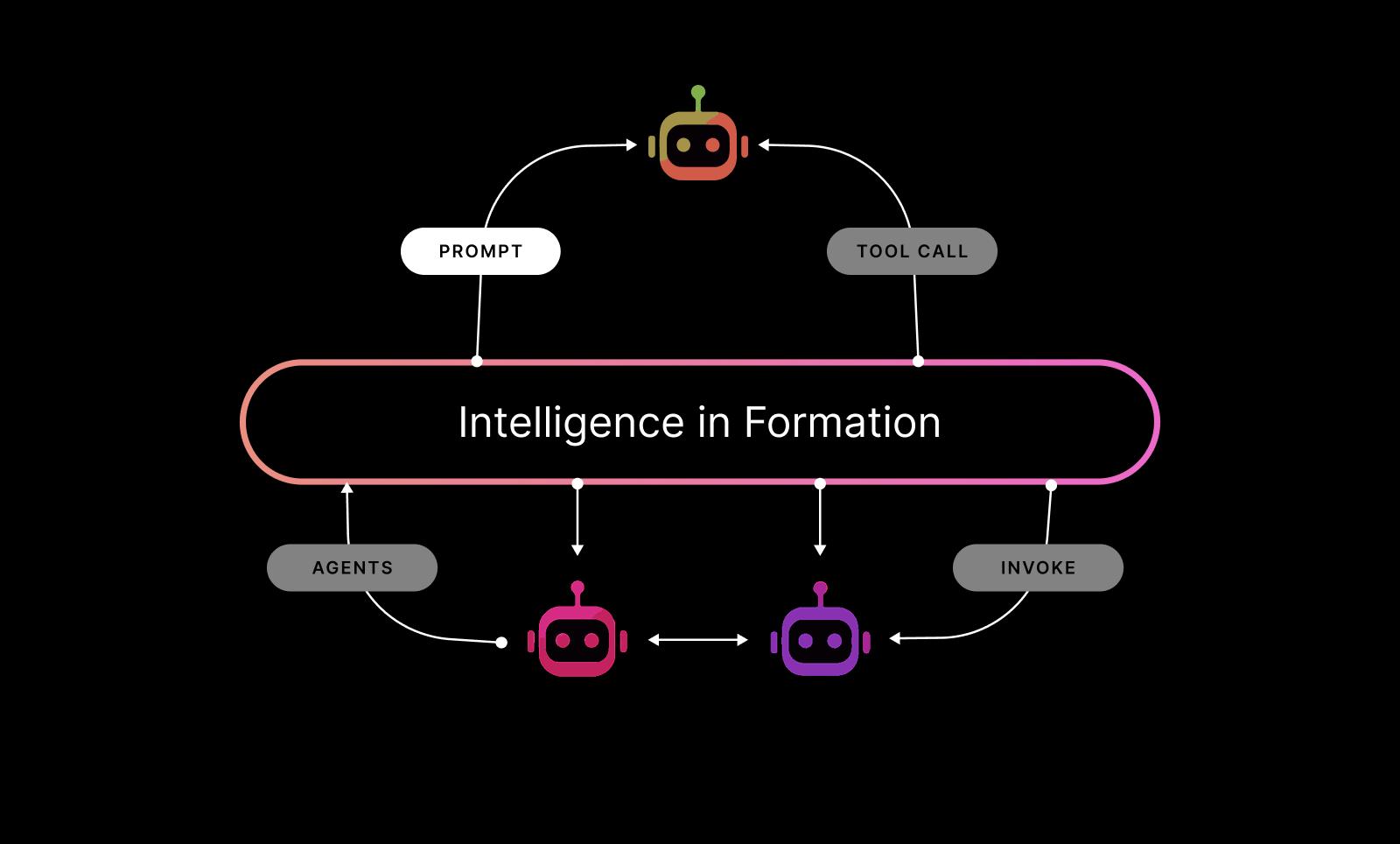Why chunking matters: The key to smarter RAG workflows
28 August 2025
If you’ve been exploring Retrieval Augmented Generation (RAG) workflows, you already know the basics: connect a large language model to your enterprise content and let it answer questions with accuracy and context. But there’s a quiet hero behind successful RAG implementations - document chunking.

Chunking isn’t just a preprocessing step. It’s a strategic choice that affects everything from retrieval precision to latency and relevance. Different chunking techniques yield dramatically different outcomes. Here’s what you need to know.
Fixed-size chunking
Fixed-size chunking is the simplest method, splitting text into uniform chunks (e.g., every 100 words or 200 characters). It’s easy to implement and plays nicely with most vector stores, but there’s a catch - it often slices through sentences and paragraphs disrupting natural context. The result? Retrieval that’s technically accurate but semantically off. It works in a pinch but when precision matters, you’ll want more.
Recursive chunking
Recursive chunking brings structure to the forefront. By hierarchically breaking down documents starting with larger sections and cascading down to paragraphs and sentences, it maintains logical boundaries while keeping chunks at an optimal size. This method is especially useful when your source material includes deeply nested documents like technical manuals or policy documents. It preserves enough context to support nuanced retrievals without overloading the model with noise.
Document-based chunking
Chunking at natural boundaries (sections, paragraphs or chapters) feels intuitive. It keeps ideas intact and ensures semantic cohesion. But the downside? Inconsistency. One chunk might be 50 words, the next 500. That variability can challenge downstream vector search systems, potentially skewing retrieval results. It’s a strong choice when working with well-structured content, but often needs additional tuning to deliver consistently good outcomes.
Semantic chunking
What if your chunks weren’t defined by length or layout, but by meaning? Semantic chunking leverages NLP models to group text based on coherent ideas. It’s ideal for use cases where precision and comprehension are non-negotiable - think legal documents, scientific papers or strategic reports. While it requires more compute and tuning upfront, it pays off in the quality of both retrieval and generation.
Late chunking
Late chunking flips the workflow, embed the entire document first then chunk based on vector characteristics. This retains richer context in the embedding space and often leads to better retrieval performance especially when queries are nuanced or multi-part. It’s less common but increasingly valuable for enterprise RAG systems where document context is dense and interrelated.
How to choose?
There’s no one-size-fits-all answer because your choice of chunking strategy should reflect your business challenge. Are you summarising legal contracts? Assisting customer support agents with technical documentation? Powering search across knowledge bases?
At Instil, we help you match the right approach to your specific use case. Whether you're exploring a new AI-driven workflow or scaling a prototype, our team brings deep expertise in designing and validating end-to-end solutions including intelligent chunking strategies that make RAG actually work in practice.
Let’s talk
Need help deciding how to chunk your data for maximum impact? We’re here to guide you from prototype to production. Let’s explore the right approach for your content, your context, and your goals.

Chris van Es
Head of Technology


